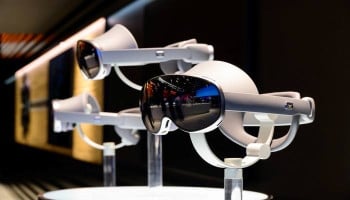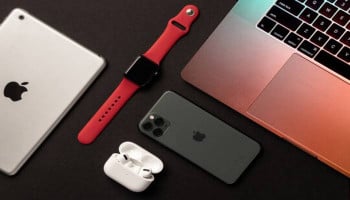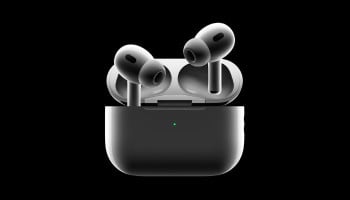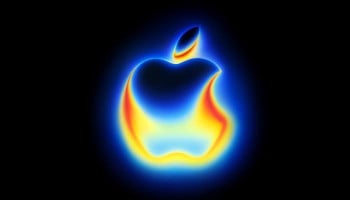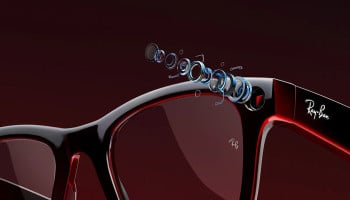
Apple is exploring methods to add cellular connectivity to its Macs and future XR devices, potentially transforming how users stay connected.
Known for its innovation, Apple could soon join the ranks of companies offering laptops with built-in cellular support.
Reports suggested that Apple is working to integrate cellular modems into its MacBook lineup, as well as upcoming XR headsets like the next versions of the Vision Pro.
What to expect from Apple’s upcoming Mac update
If these rumours are anything to go by, chances are the Macs will gain cellular connectivity like iPhones, iPads, and Apple Watches.
This indicates upgrading will allow mobile network users to directly access their laptops without relying on Wi-Fi hotspots or iPhone tethering.
Apple's move fits into the company's long-term move to design its own cellular modems. The iPhone SE and iPhone 17 Air will feature these modems by 2026.
Second-generation modems will include better speeds and mmWave technology, which, in theory, will improve connectivity options for Apple devices.
Laptops with cellular connectivity aren’t a new idea as they are available to more people. Windows laptops using Qualcomm modems have already provided 4G and 5G support, though they are limited in their availability.
If Apple succeeds, it will bring a new standard to the use of Macs for seamless internet access on the go.
Cellular connectivity in future XR devices, such as glasses or headsets, could also open up possibilities. Users may make calls, live stream, or listen to music without having a phone, but whether this feature will be of use in an XR headset such as Vision Pro is not quite clear.





